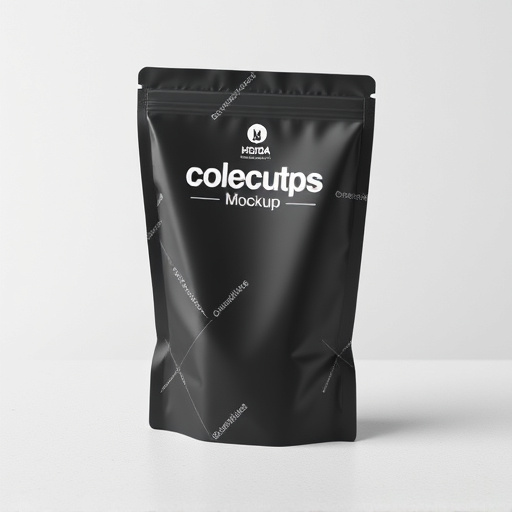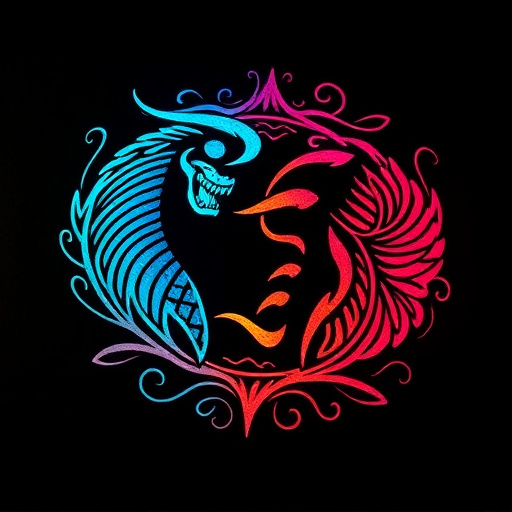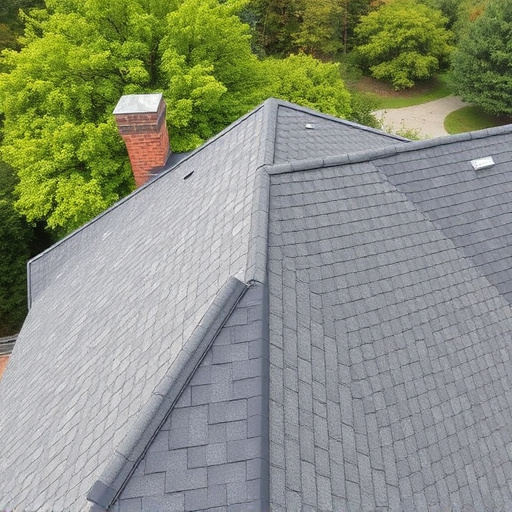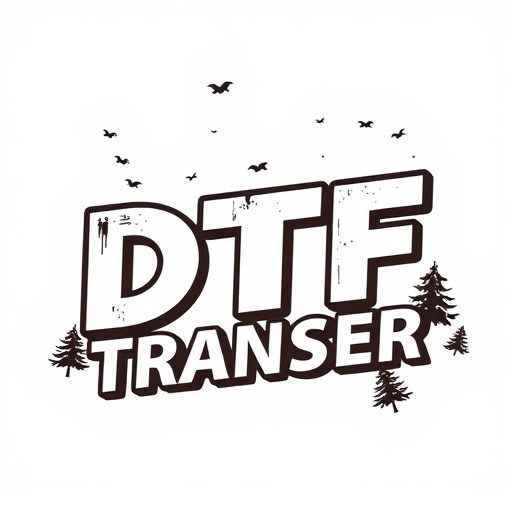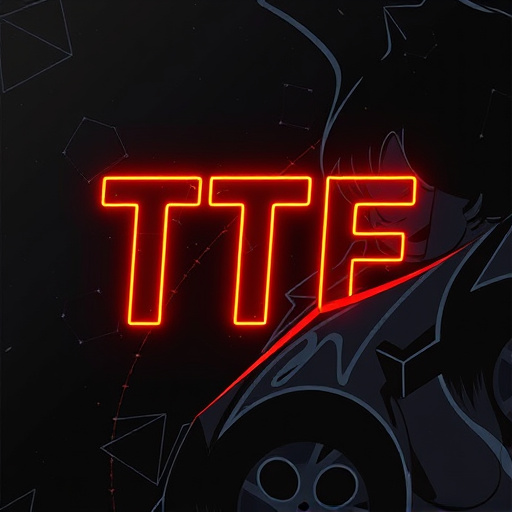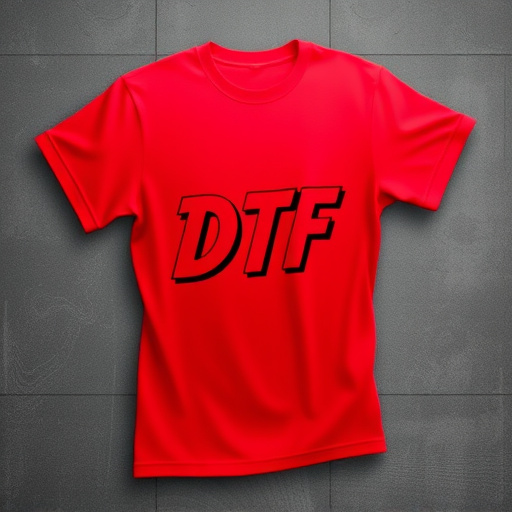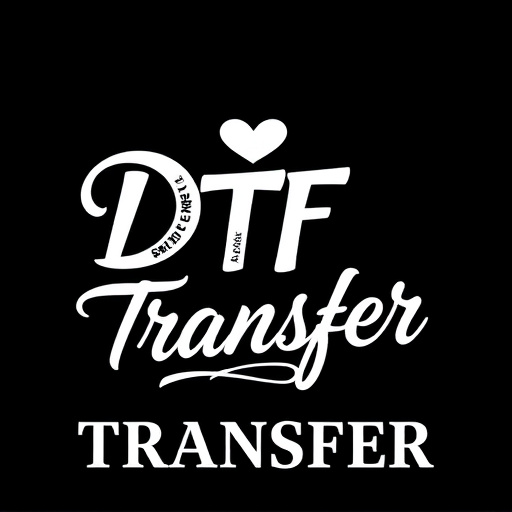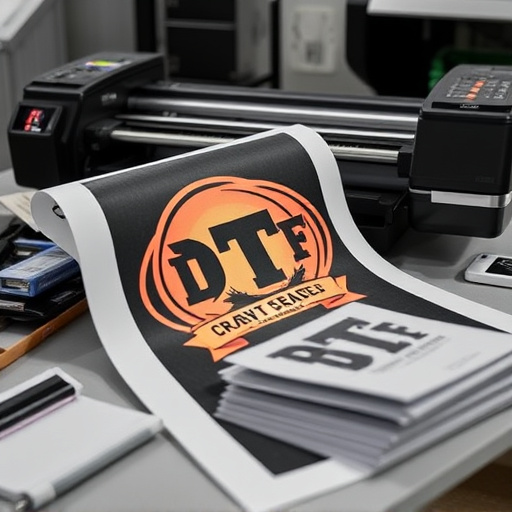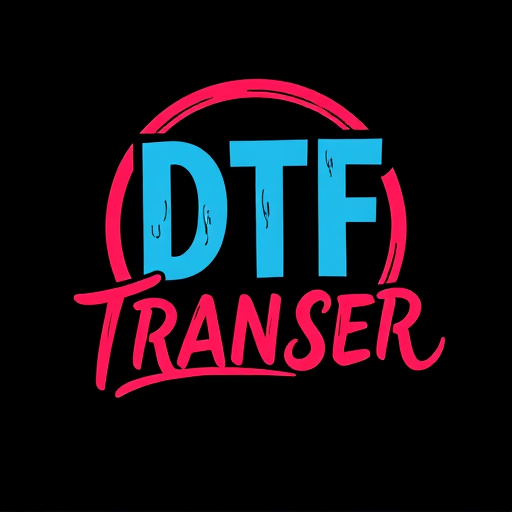Direct-to-Film (DTF) printing is a revolutionary technology offering cost-effective, high-quality printing on various films for businesses. It streamlines processes, enhances visual impact, and caters to diverse applications from outdoor signage to personalized items. DTF prints' vibrant colors, durability, and efficiency make them ideal for bulk orders in marketing, events, and retail. Choosing a reliable DTF printing service involves assessing capacity, quality, turnaround times, and provider experience. Best practices for maintaining consistent print quality include equipment calibration, detailed guidelines, and batch testing. This technology is transforming the art and design landscape, enabling businesses to leverage its versatility and efficiency for impactful marketing and branding.
“In today’s visually driven market, businesses are constantly seeking innovative ways to enhance branding and marketing strategies. Large-quantity orders of direct-to-film (DTF) transfers offer a game-changing solution for enterprises aiming to create high-quality, durable prints on various materials. This article explores the world of DTF Prints, highlighting their benefits, applications, and best practices for businesses looking to elevate their visual impact. From understanding the technology to selecting the right service and preparing designs, we’ll uncover the secrets to achieving exceptional DTF Print quality.”
- Understanding Direct-to-Film (DTF) Prints: A Brief Overview
- Benefits of Large Quantity DTF Prints for Businesses
- Choosing the Right DTF Printing Service
- Preparing Your Designs for Optimal DTF Print Quality
- Applications and Use Cases for DTF Prints in Business
- Best Practices for Managing and Maintaining DTF Print Quality
Understanding Direct-to-Film (DTF) Prints: A Brief Overview

Direct-to-Film (DTF) prints are a cutting-edge technology that allows businesses to create high-quality, durable prints directly on various film surfaces. This innovative process bypasses traditional intermediate steps, offering a more efficient and cost-effective solution for bulk printing orders. DTF Prints are particularly prized for their exceptional image clarity, vibrant colors, and resistance to fading or damage, making them ideal for outdoor signage, event banners, and promotional materials.
This method involves specialized printers that use liquid inks to directly apply designs onto films like vinyl, polyester, or polyethylene. The result is a versatile product suitable for diverse applications, from window graphics and vehicle wraps to point-of-sale displays and fabric printing. With advancements in technology, DTF Prints have become increasingly accessible, empowering businesses of all sizes to leverage this powerful tool for impactful marketing and branding.
Benefits of Large Quantity DTF Prints for Businesses

Large-scale orders of direct-to-film (DTF) prints offer businesses numerous advantages, especially in today’s visual-centric market. One of the key benefits is cost-effectiveness; when produced in high volumes, DTF Prints can be a budget-friendly option for companies aiming to create and distribute promotional materials, advertising banners, or custom signs. This cost efficiency allows businesses to maximize their marketing spend and reach a wider audience with visually appealing content.
Additionally, DTF Prints enable businesses to achieve consistent and high-quality visuals. With advanced printing technology, multiple identical prints can be produced quickly without compromising on image clarity and detail. This is particularly advantageous for events, trade shows, or retail spaces where eye-catching displays are essential to engage customers and enhance brand visibility.
Choosing the Right DTF Printing Service

Choosing the right direct-to-film (DTF) printing service is a crucial step for businesses looking to meet high-demand orders efficiently. When evaluating options, consider factors like the provider’s capacity to handle large quantities, print quality standards, turnaround times, and their experience with similar projects. Reputable services offering DTF prints should have advanced equipment capable of producing sharp, vibrant images at scale.
Additionally, understanding their customization options is vital. Some businesses may require unique specifications or specialized materials; ensure the chosen service can accommodate these needs without compromising quality. Read reviews from past clients to gauge reliability and customer satisfaction levels. Ultimately, selecting a DTF printing partner that checks all these boxes will streamline your order process and guarantee high-quality results for your direct-to-film transfer needs.
Preparing Your Designs for Optimal DTF Print Quality
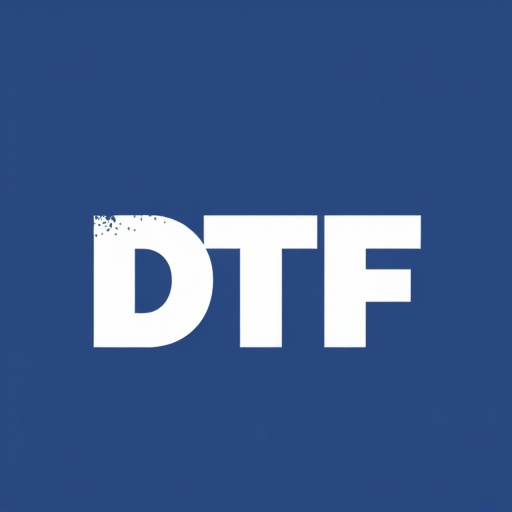
Applications and Use Cases for DTF Prints in Business

Direct-to-film (DTF) prints have a wide range of applications across various industries, making them a versatile tool for businesses. From marketing and advertising to product branding and custom merchandise, DTF Prints offer efficient and cost-effective solutions. In retail, these prints can be used to create eye-catching display materials, point-of-sale displays, and promotional items that enhance customer engagement.
In the event planning sector, DTF Prints are invaluable for producing high-quality banners, posters, and signage for conferences, trade shows, and exhibitions. They also excel in personalisation, enabling businesses to create unique, on-demand gifts, such as custom keychains, phone cases, and stickers, catering to individual customer preferences. Moreover, DTF technology allows for rapid production, ensuring that businesses can swiftly respond to market demands and trends.
Best Practices for Managing and Maintaining DTF Print Quality

Maintaining high-quality Direct-to-Film (DTF) prints is paramount for businesses investing in large-scale production. To ensure consistent results, establish a robust quality control process. Begin by calibrating your equipment regularly to meet manufacturer specifications, ensuring precise color reproduction and sharp details. Standardize print settings across all machines to minimize variations, and implement a pre-print inspection protocol to catch any defects early.
Additionally, create detailed printing guidelines for artists and technicians, outlining best practices like using high-resolution source files, proper color profiles, and recommended ink types. Regularly test and compare prints from different batches to identify and address potential quality dips. This proactive approach will guarantee that your DTF prints maintain a consistent, professional standard across every order, enhancing customer satisfaction and the overall reputation of your business.


